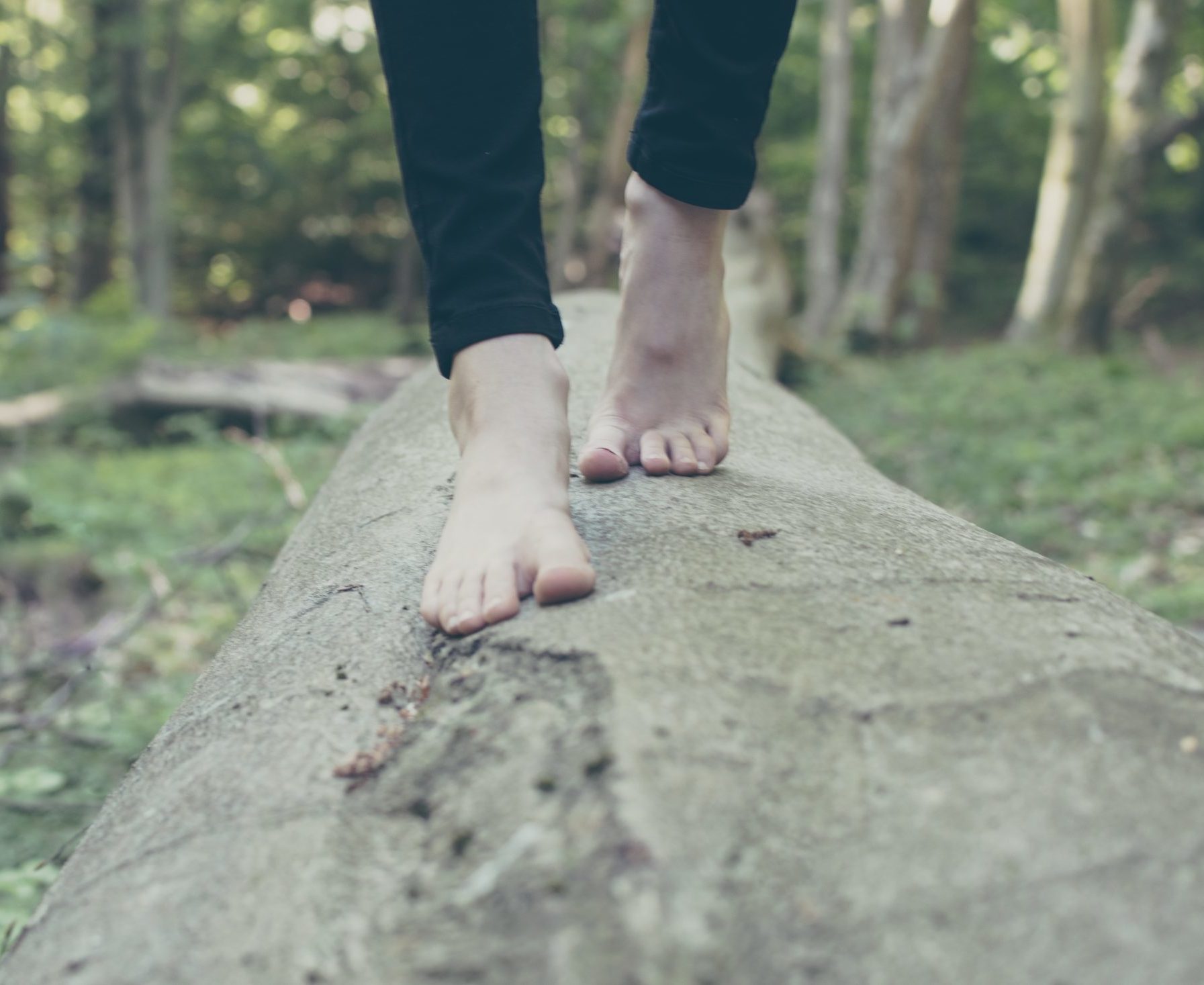All humans are born with flat feet. The arches that appear in our feet are caused by tendons that help to hold our foot together. From birth until the ages of two or three, these tendons are loose, and our entire foot can touch the floor. By the time people become adults, these tendons have tightened up and provided the foot with an arch. However, some people continue living with flat feet their entire life. Flat feet are quite common and affect up to 30 percent of the population
What are Flat Feet?
A flat foot is a foot without an arch when the foot is bearing weight. The arch may have collapsed over time or in some cases, never developed at all.
Many people may live with flat feet and have little to no problems. Others experience pain, or their feet may affect their gait.
What Causes Flat Feet?
Flat feet can arise from several conditions. Some develop flat feet later in life because of age, causing the arch to drop naturally. Some children develop flat feet as a result of the bones fusing unnaturally. This condition is known as the tarsal coalition.
Those who have muscular or neural conditions such as spina bifida or muscular dystrophy may also suffer from flat feet.
For others, they may have a genetic predisposition for flat feet that runs in the family. Other factors that may contribute to flat feet are obesity and diabetes. Excess body weight can often put more stress on the feet, leading to a collapsed arch.
Due to the additional stress on their body, some women are more prone to developing flat feet during their pregnancy.
Living with Flat Feet
One way to improve arches on flat feet is to wear shoes that have proper arch support. At times, patients may be encouraged to wear orthotics that are custom-made for their foot. These inserts may also be bought over-the-counter for less specific cases.
If you are physically active, shoes that provide proper support are crucial to maintaining foot health. We recommend that patients choose shoes that offer support as well as stability.
Some shoe stores may even have a selection of shoes that are specifically designed for athletes with flat feet.
Others may be advised by a podiatrist to stretch to improve flexibility in your feet. Stretching your ligaments and tendons can encourage them to raise your arches.
When to Seek Treatment
Many people with flat feet may never have any pain or complications in their lifetime. However, it may be time to seek treatment if you’ve noticed any pain or abnormalities in your gait.
See a specialist if you’ve been experiencing the following symptoms:
- Painful, swollen feet
- Pain in your leg or ankle
- Rigid or overly stiff feet
- You are unable to stand on your toes
- Only one foot has lost its arch
Get Help for Flat Feet Now
Complete our form below to get in touch with our office. A member of our team will contact you within one business day.

